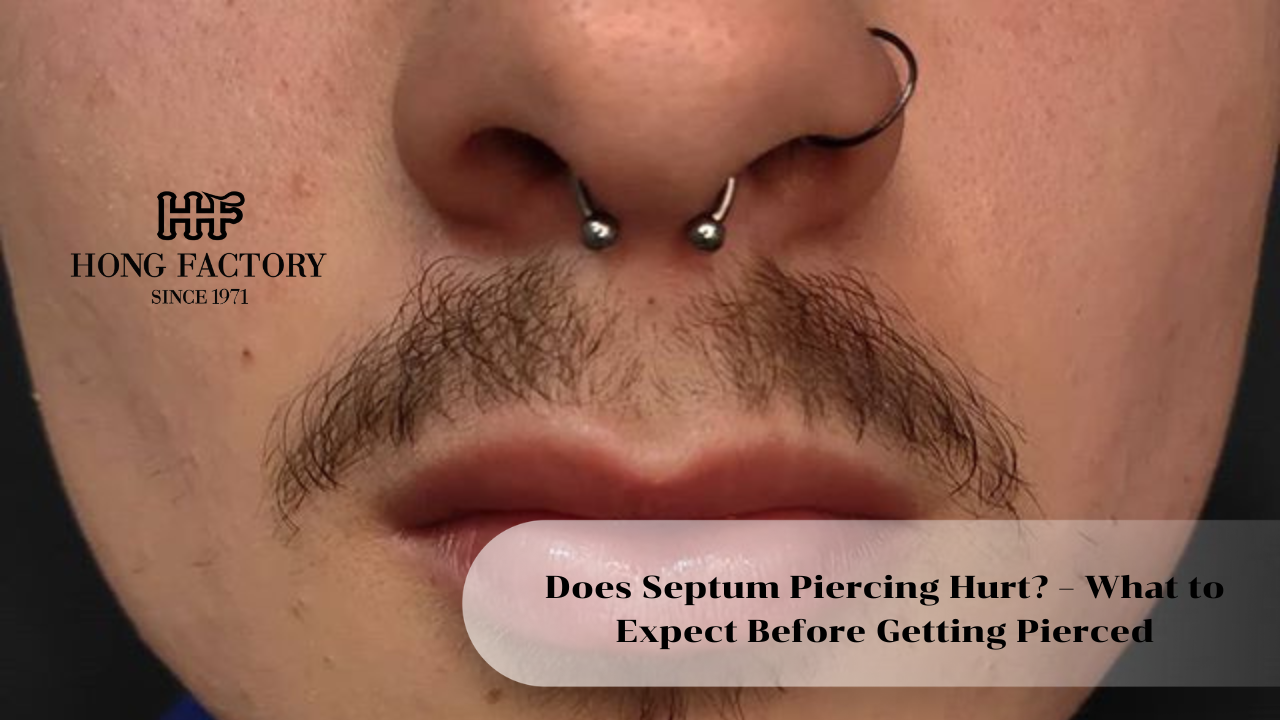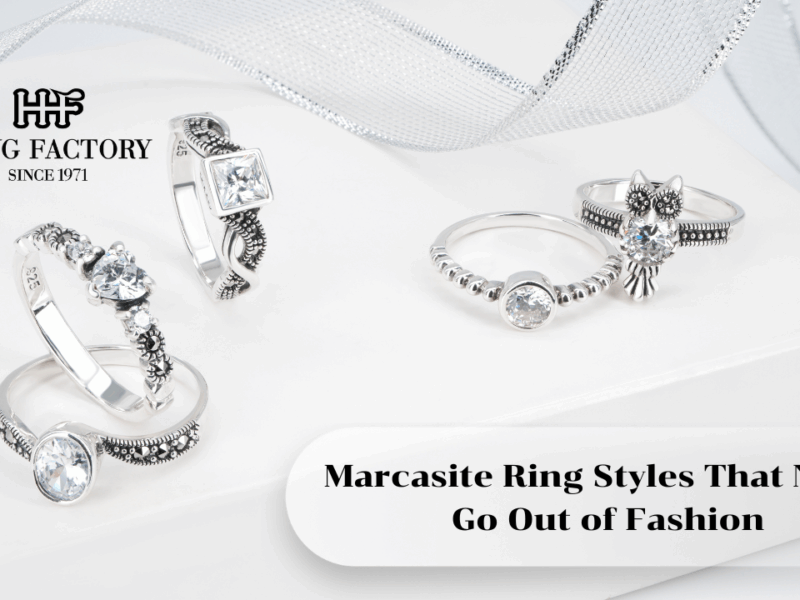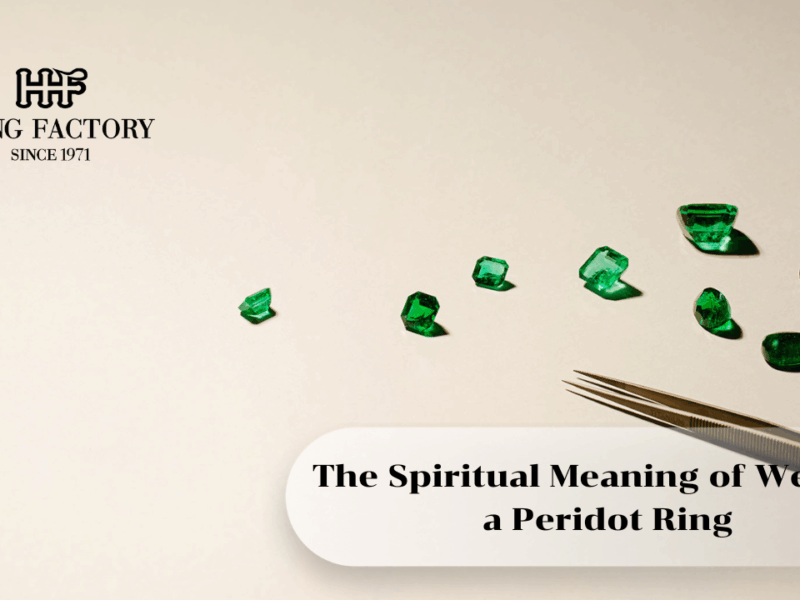If you’re thinking about getting a septum piercing, one of the first questions that might come to mind is, “Does it hurt?” The short answer: a little, but not as much as you might imagine. Pain tolerance varies from person to person, and while it’s normal to feel nervous, understanding what actually happens during the piercing process can help ease your worries.
A septum piercing involves piercing the small, soft tissue inside your nose between the two nostrils—called the septum sweet spot. Because the needle passes through this thin membrane rather than thick cartilage, most people describe the pain as a quick, sharp pinch that disappears in seconds. The eyes may water involuntarily, but that’s a normal reflex rather than a sign of serious pain. Marcasite stone
What Happens During a Septum Piercing Procedure

When you arrive at a professional piercing studio, the piercer will first clean and disinfect your nose. Then, they’ll locate the sweet spot, which sits just below the cartilage and above the thicker bottom part of the nose. Getting this placement right is essential because it makes the piercing less painful and ensures smoother healing.
Once the area is marked, the piercer uses a sterilized hollow needle to create the hole, followed immediately by inserting the jewelry—usually a small circular barbell or ring. The entire procedure takes less than a minute. You might feel pressure, a brief sting, and watery eyes, but the pain fades quickly. Most people compare it to plucking a nose hair or getting a small vaccine injection.
Afterward, the piercer will provide cleaning and aftercare instructions. It’s important to follow these steps carefully to minimize discomfort and reduce the risk of infection.
How Much Does It Really Hurt?
Pain perception is subjective, but many people rate a septum piercing around 3 or 4 out of 10 on the pain scale. It’s certainly not painless, but it’s often less intense than expected. The most uncomfortable part for many is the initial pressure rather than the needle itself.
Immediately after piercing, you might feel tenderness, mild swelling, or sensitivity when touching your nose. This typically lasts for a few days. Avoid bumping or twisting the jewelry, and don’t try to flip or hide it during the early healing phase, as that can cause irritation.
For some, the piercing might ache slightly when sneezing or blowing their nose, especially in the first week. Keeping the area clean with a saline solution helps prevent soreness and speeds up recovery.
The Healing Process and Aftercare
A septum piercing takes around 6 to 8 weeks to heal on the surface and up to 3 months for full internal healing. During this period, proper hygiene is key to avoiding pain or infection.
Aftercare tips include:
- Clean the piercing twice daily with sterile saline or a saltwater solution.
- Avoid touching the jewelry with unwashed hands.
- Refrain from twisting or removing the ring until it’s fully healed.
- Stay away from makeup, lotion, or harsh products near the piercing.
- Be gentle when blowing your nose or washing your face.
Following these steps will significantly reduce discomfort and ensure the piercing heals properly. If you notice prolonged redness, pus, or unusual pain, consult a professional piercer or healthcare provider.
Choosing the Right Piercer
When it comes to minimizing pain, experience matters. Always choose a professional piercing with a clean, reputable studio. A skilled piercer knows how to find the exact septum sweet spot and perform the piercing smoothly in one motion. Poor technique or unsanitary tools can make the process far more painful—and even dangerous.
Look for studios that follow strict hygiene protocols, use disposable needles, and sterilize all equipment. Don’t hesitate to ask questions before committing. A professional will explain each step, which helps reduce anxiety and pain perception.
The Role of Jewelry and Material in Comfort

The type of jewelry you choose can also affect how comfortable your septum piercing feels. Lightweight metals like titanium or surgical steel are ideal for new piercings because they’re hypoallergenic and less likely to cause irritation. Avoid cheap, nickel-based jewelry, which can lead to allergic reactions or prolonged soreness.
The most common starter styles are circular barbells (also called horseshoe rings) and captive bead rings. These designs are easy to clean and adjust, making them perfect for the healing stage.
Common Myths About Septum Piercing Pain
There are many misconceptions about septum piercings. Some believe they’re extremely painful or risky—but with proper care, the process is simple and safe. The piercing does not go through the thick part of your nose cartilage, so it’s not as painful as people think. Others worry that it will permanently affect breathing or smell, but when done correctly, it doesn’t interfere with nasal function at all.
Remember: pain lasts only a moment, but the result can last for years. A well-done septum piercing can become a stylish, confidence-boosting part of your personality.
Emotional and Psychological Aspects of Septum Piercing
For many, the brief pain of a septum piercing symbolizes transformation. Turning a moment of discomfort into self-expression can be empowering. It’s common for people to get pierced during major life changes—symbolizing strength, renewal, or personal growth. The act of enduring minor pain to create beauty resonates deeply with many who wear this piercing proudly.
So, does septum piercing hurt? Yes—but only for a moment, and the results are worth it. The quick pinch you feel fades almost instantly, replaced by a sense of excitement and accomplishment. When done by a professional and cared for properly, septum piercing is safe, stylish, and surprisingly comfortable in the long run.
Pain is temporary, but confidence lasts. If you’ve been thinking about getting one, understanding what to expect will help you make an informed, fearless choice. Whether you want to embrace a new style or express your individuality, a septum piercing might be the small change that brings a big boost to your self-expression.


